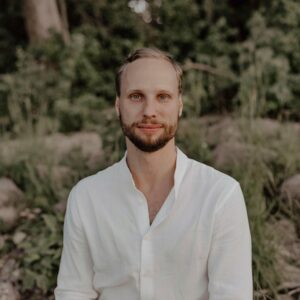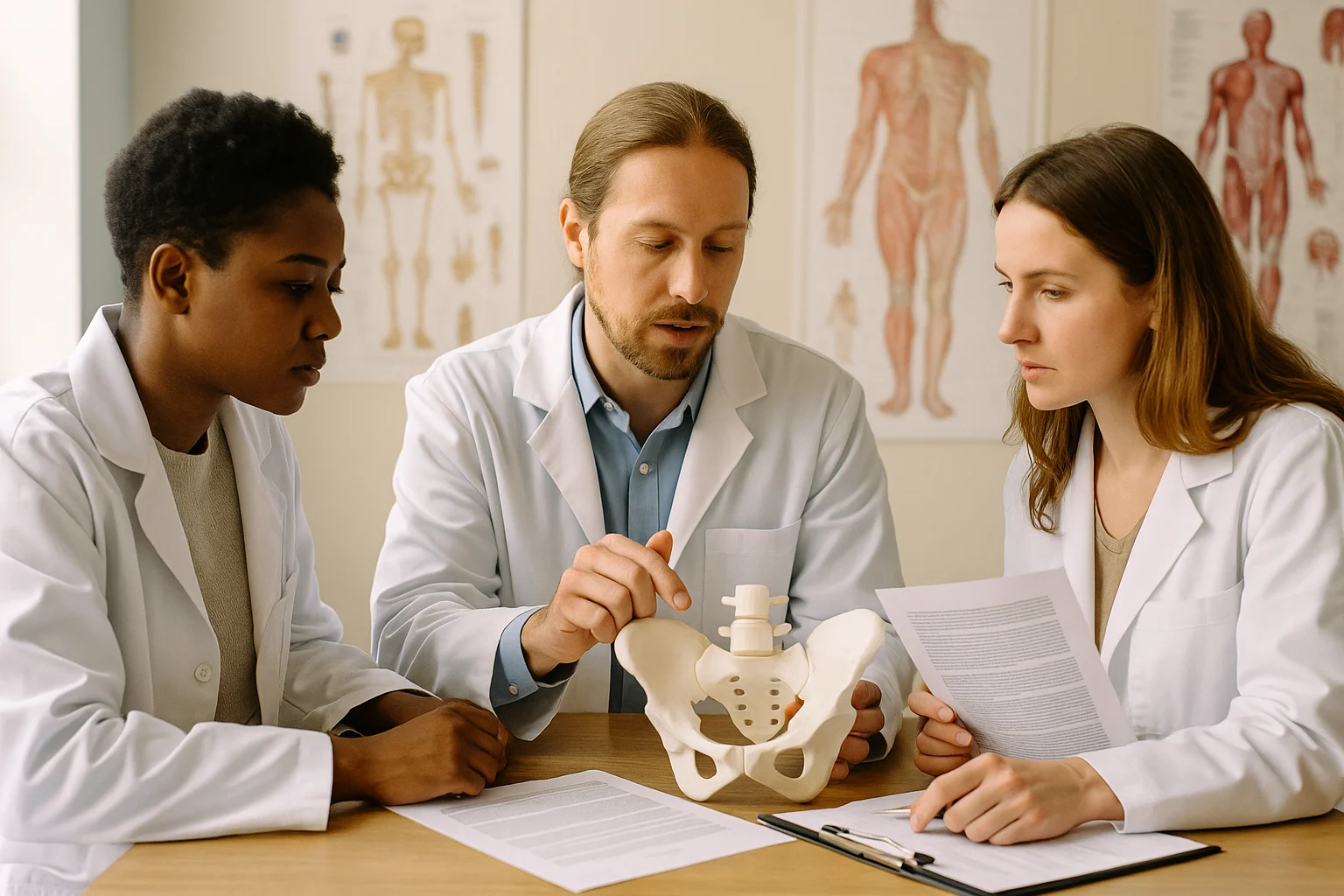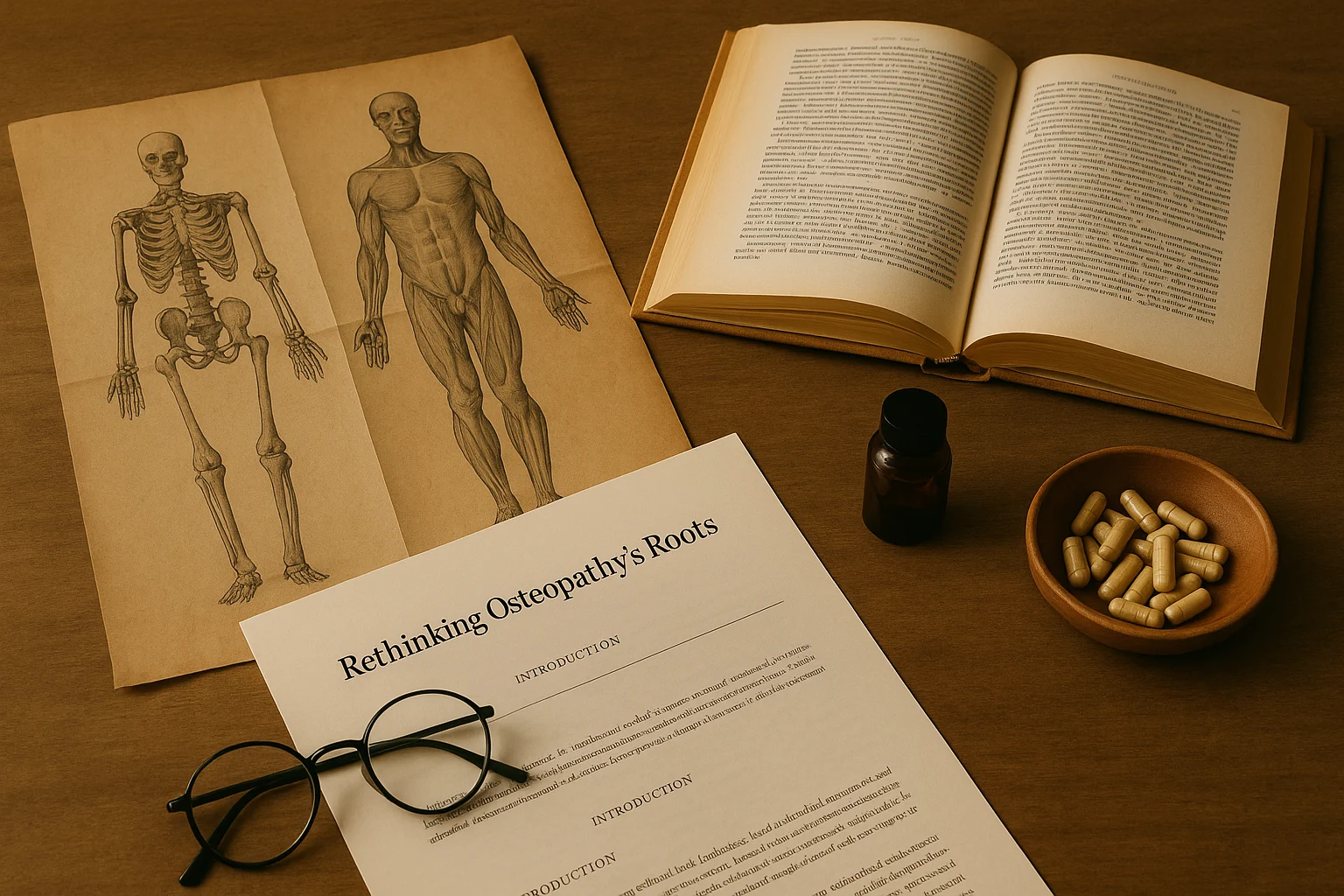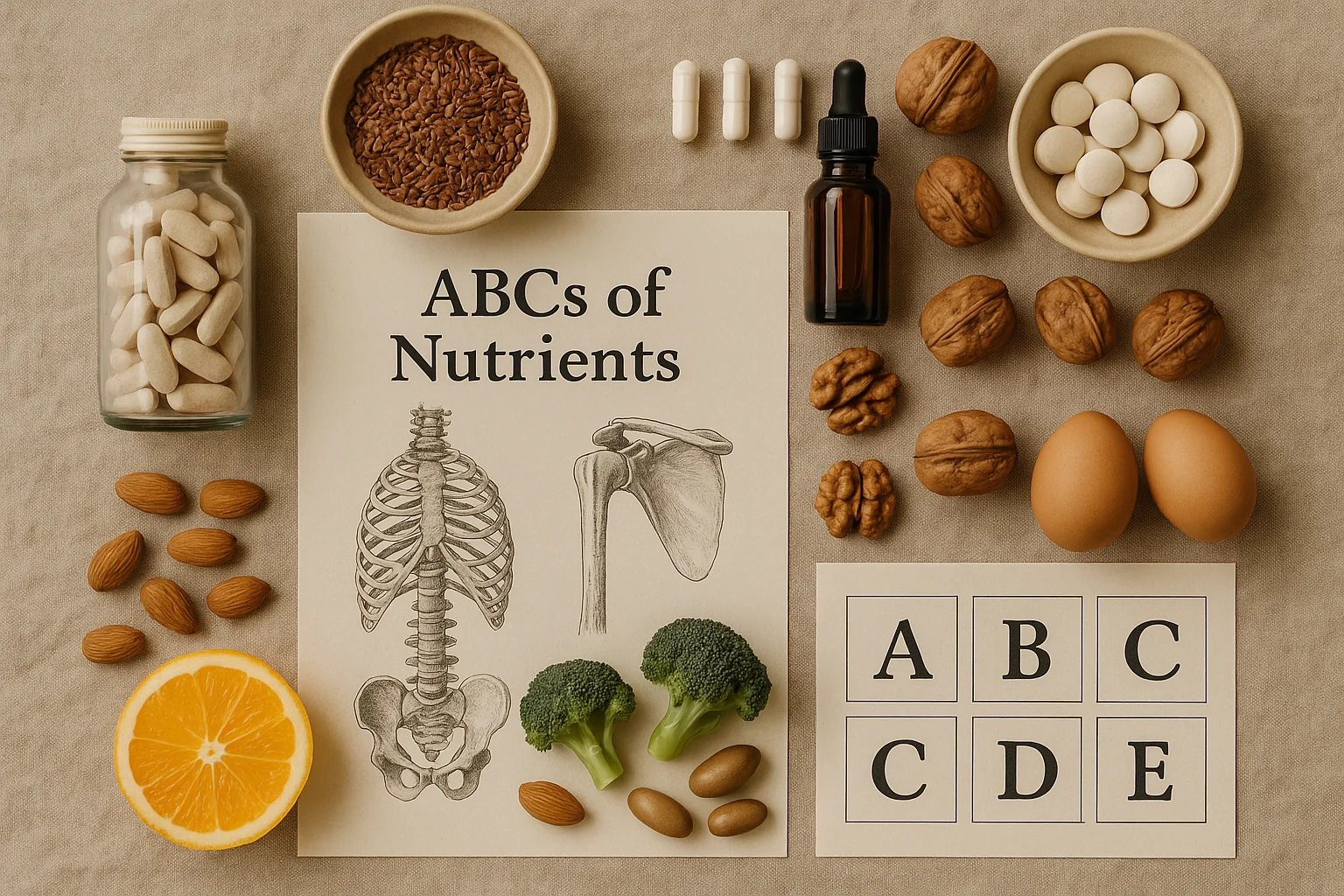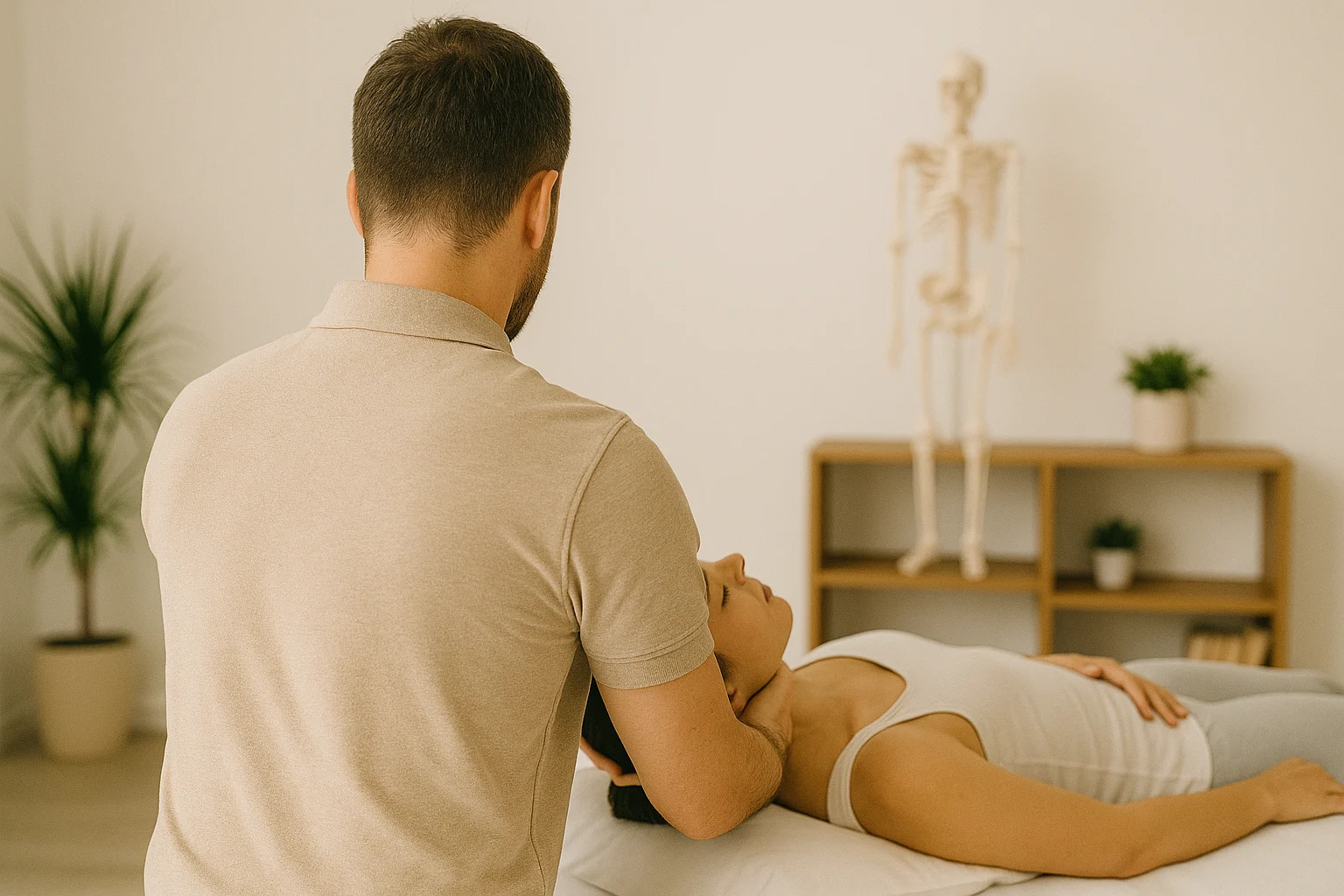Rolfing® Structural Integration, commonly referred to as Rolfing, is a sophisticated and holistic approach to bodywork that focuses on reorganizing the connective tissues (fascia) of the body to enhance posture, movement, and overall wellbeing. Developed in the mid-20th century by biochemist Dr. Ida P. Rolf, Rolfing has evolved into a respected modality that bridges manual therapy, somatic education, and structural alignment.
This article delves into the history, principles, treatment protocol, educational pathways, and global recognition of Rolfing. We also explore how Rolfing complements manual osteopathy, and why Rolfing training can be an exceptionally valuable addition for practicing osteopathic manual practitioners.
The History of Rolfing: A Legacy of Structural Awareness
Rolfing was founded by Dr. Ida Pauline Rolf (1896–1979), a pioneering American scientist who earned her Ph.D. in biochemistry from Columbia University in 1920. Initially working in research at the Rockefeller Institute, Dr. Rolf developed a deep interest in alternative approaches to health, including yoga, osteopathy, and homeopathy. Her scientific curiosity led her to a fundamental insight: structure governs function, a tenet that resonates strongly with osteopathic philosophy.
She began developing a manual technique to address chronic pain, postural issues, and functional impairments by working directly with the body’s fascial system, which she believed held patterns of tension and imbalance. Dr. Rolf’s work crystallized into a formal method in the 1950s and gained popularity through her teaching at the Esalen Institute in California.
The term “Rolfing” was coined by her students and eventually trademarked by the Rolf Institute of Structural Integration (now known as the Dr. Ida Rolf Institute®), founded in 1971 in Boulder, Colorado.
What Is Rolfing? The Philosophy and Approach
At its core, Rolfing aims to restructure the body’s fascial network to improve alignment with gravity and restore optimal function. Fascia is the continuous web of connective tissue that envelops muscles, organs, bones, and nerves. When imbalanced due to injury, repetitive patterns, emotional stress, or poor posture, fascia can become restricted, affecting movement and biomechanics.
Key Concepts of Rolfing:
- Holistic realignment: Rolfing views the body as an integrated system and aims to align the whole structure, not just treat symptoms.
- Fascia-focused: Fascia is considered the medium for structural change.
- Gravity as a therapeutic tool: Dr. Rolf emphasized that the body functions best when it is aligned with the gravitational field.
- Manual and movement integration: Rolfing combines hands-on manipulation with movement education.
- Client collaboration: Rolfers work with the client’s awareness and participation to enhance somatic integration.
The Ten-Series: The Standard Rolfing Protocol
The Rolfing Ten-Series is a hallmark of the method—a structured series of ten sessions, each with specific goals and regional focus, designed to systematically reorganize the body.
- Session 1: Opens the superficial fascia and establishes breath and orientation.
- Session 2: Addresses feet and lower legs to create a stable foundation.
- Session 3: Aligns the sides of the body and lateral line.
- Session 4: Targets the inner legs and pelvic floor for support.
- Session 5: Centers the pelvis and balances core support.
- Session 6: Works the back of the body and spinal integrity.
- Session 7: Focuses on the head, neck, and jaw.
- Session 8: Integrates lower and upper body connections.
- Session 9: Coordinates upper and lower segments dynamically.
- Session 10: Final integration and assessment in gravity.
Each session builds upon the previous one, gradually restoring mobility and enhancing the body’s structural efficiency.
Education and Certification in Rolfing
Becoming a Certified Rolfer® requires rigorous training, a deep understanding of anatomy, and a commitment to holistic bodywork.
Educational Requirements:
- Prerequisites: Anatomy and physiology (can be completed online or in conjunction with the training).
- Phase I (Foundations of Rolfing): Introduces the principles of Rolfing and hands-on techniques.
- Phase II (Structural Integration Theory and Practice): Delves into applied anatomy, fascial manipulation, and supervised practice.
- Phase III (Clinical Practicum): Involves working with clients under supervision, completing full ten-series sessions.
The entire training process typically involves 600+ hours and can take 1.5 to 2 years depending on the program pace.
Where to Study Rolfing in Canada:
As of 2025, Canada does not yet have a permanent Rolfing training facility, but modular trainings and workshops are periodically hosted in cities such as Vancouver, Toronto, and Montreal, often in collaboration with the European Rolfing Association or the Dr. Ida Rolf Institute® in the U.S.
Internationally Recognized Training Institutes:
- Dr. Ida Rolf Institute® (DIRI) – Boulder, Colorado, USA
- European Rolfing Association® (ERA) – Munich, Germany
- Rolf Institute Japan – Tokyo, Japan
- Rolfing Australia – based in Sydney and Melbourne
All certified programs adhere to international standards set by the International Association of Structural Integrators (IASI).
Rolfing vs. Manual Osteopathy: A Deep Comparison
Manual osteopathy and Rolfing share overlapping philosophies but diverge in methods, historical roots, and scope. Understanding their similarities and differences can help both clients and practitioners choose the best path for care—or integrate both for maximum benefit.
Similarities:
- Whole-body perspective: Both view the body as an interconnected system and aim to treat the root causes of dysfunction.
- Fascial importance: Both approaches give significant attention to the fascial system.
- Hands-on techniques: Each uses palpation, tissue release, and manual techniques to restore balance.
- Non-invasive and natural: Neither relies on drugs or surgery, instead supporting the body’s inherent healing capacity.
- Appreciation of movement and alignment: Both value postural integrity and fluid movement.
Differences:
| Feature | Rolfing® Structural Integration | Manual Osteopathy |
| Founder | Dr. Ida Rolf (Ph.D., Biochemist) | Dr. Andrew Taylor Still (MD) |
| Focus | Reorganization of fascia in relation to gravity | Structural and functional optimization of all body systems |
| Core Techniques | Deep fascial manipulation, movement re-education, 10-series framework | Osteoarticular adjustments, visceral manipulation, craniosacral therapy, myofascial release |
| Educational Structure | Highly specialized, focused on structural integration | Broad spectrum: anatomy, pathology, mobilization techniques across systems |
| Session Protocol | 10-session model, progressing through body regions | Typically tailored to specific complaints or diagnostic findings |
| Movement Integration | Integral to the process, with client participation | Less emphasized, though some osteopaths incorporate movement exercises |
| Legal Status | Not a regulated health profession in most regions | Varies—regulated in some countries; unregulated but recognized in Canada as a manual therapy field |
Why Rolfing Is a Powerful Addition for Manual Osteopaths
For a manual osteopath, becoming a Certified Rolfer® can be career- and practice-transforming.
Here’s why:
- Deepens Fascial Expertise
While manual osteopaths often use myofascial release techniques, Rolfing provides an unparalleled depth in understanding fascial patterning, layering, and compensations. This allows practitioners to more precisely identify how global postural issues arise from fascial distortions.
- Systematic Framework for Structural Rebalancing
The Rolfing Ten-Series offers a proven, coherent treatment roadmap. Manual osteopaths can integrate this series into their practice for clients with chronic postural issues, recurrent injuries, or systemic movement dysfunctions.
- Somatic and Movement Education Skills
Rolfing emphasizes body awareness, proprioception, and movement retraining, which complements osteopathy’s biomechanical focus. This enhances patient outcomes and increases long-term benefits.
- Global Community and Recognition
Training in Rolfing opens access to a network of international practitioners, continuous education, and professional development through the IASI, DIRI, and affiliated associations. This elevates a manual osteopath’s credibility and broadens referral networks.
- Differentiation in a Competitive Market
In a crowded therapeutic landscape, combining manual osteopathy with Rolfing® Structural Integration distinguishes a practitioner with a truly integrative approach. Patients seeking long-term solutions for pain, posture, or performance enhancement are more likely to be drawn to this holistic framework.
- Personal and Professional Growth
Rolfing is not only about technique; it’s about how practitioners see, sense, and relate to the human body. Many osteopaths who train in Rolfing report a paradigm shift in their practice—moving from fix-it approaches to facilitating lasting structural change.
Conclusion
Rolfing® Structural Integration is a powerful, fascia-based method that has stood the test of time since its inception by Dr. Ida Rolf. Its focus on alignment, body awareness, and deep fascial transformation makes it an ideal complement to manual osteopathy.
For osteopathic manual practitioners seeking to expand their skill set, enhance patient outcomes, and align more fully with the body’s structural intelligence, Rolfing offers not just another technique—but a philosophy and framework that elevates the art and science of hands-on healing.


